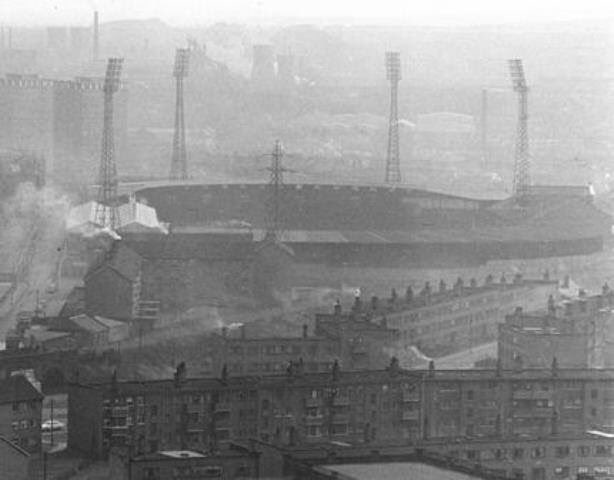
4. The supporters let them down. There is a certain element of truth here, but this was basically an effect rather than a cause of poor performances. The unhelpfulness of the supporters came across in two ways. One was sheer hooliganism. Away defeats were often accompanied by totally unacceptable outbreaks of bottle throwing, fighting with locals and vandalism of public and private property. Falkirk seemed to get it more than most towns, but it happened at Dundee, Perth, Kilmarnock, Stirling and Edinburgh, and it was no uncommon sight to see Celtic players appealing to their fans to behave themselves.

But even more widespread and a great deal more deleterious to the performance of the team was the booing, catcalling and slow-handclapping of the team with several players being particularly targetted. Steve Chalmers, Bobby Murdoch and John Hughes were frequently picked on, and only to a point could one sympathise with the viewpoint that the support had been frustrated for so long. It simply did not help the team.
5. The other teams in Scotland were good. Funnily enough, this was not necessarily a great time in the history of Rangers either, but they were usually professional enough, organised enough and lucky enough to eke out victories, particularly in the early 1960s when Celtic often gave the impression of being beaten before they started and that, somehow, Celtic were not allowed to beat Rangers! Rangers had some good players –one thinks of Ian McMillan and Jim Baxter – but most were competent and brutal rather than clinical and brilliant.

But there were other good teams around as well – Hibs in the early 1950s had their Famous Five forward line, Hearts developed into a top class outfit in the late 1950s and early 1960s and many people were of the opinion that the Dundee side of 1962 was one of the best teams that Scotland had ever seen. In addition, Kilmarnock and Dunfermline, both from a low budget, did well in both Scotland and Europe. But, no matter how good the opposition were, it is incumbent upon Celtic to be better.
6. The facilities were not very good. The stadium was an absolute disgrace with that awful cow barn of a Jungle in place with its holes in the roof and the flaky stuff looking suspiciously like asbestos that kept falling down on one’s head. In 1957 a shelter was built at the Celtic End or Railway End of the ground, but it only reached half way down and there were windows at the back which were sometimes broken and no-one thought of repairing them.

Weeds grew on the terracing, and floodlights came to Celtic Park in 1959, several years after other teams like Rangers and Hibs, and players had to be sold to pay for them. If it is true that children and families do not thrive in sub-standard housing, it is difficult to reject the contention that football players do not do well in an awful stadium, which nevertheless still rejoiced in the name of “Paradise”!
Continued on the next page…



